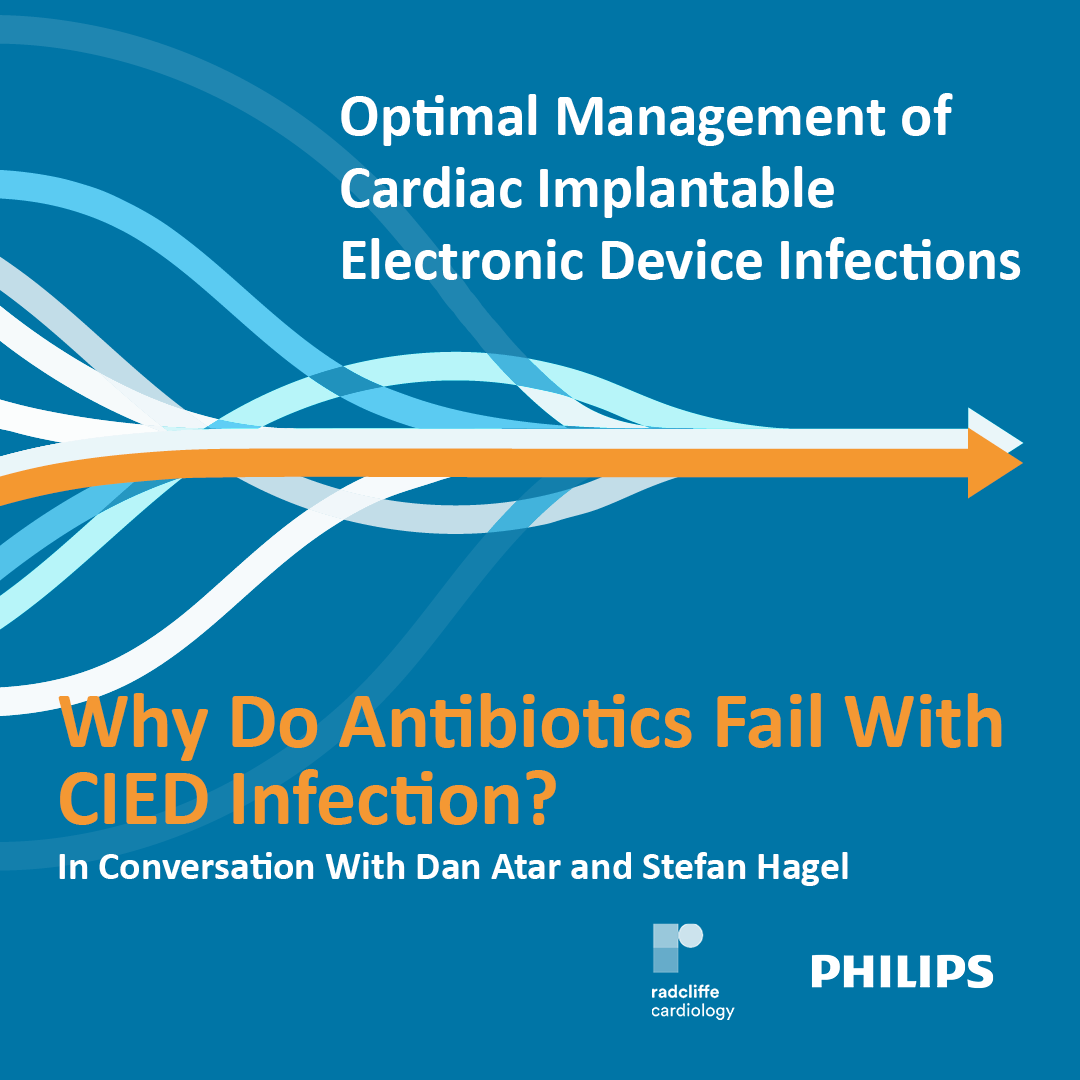
Although rare, cardiac implantable electronic device (CIED) infections may occur at any timepoint in the lifecycle. It is important to remain alert and recognise signs early. Traditionally, antibiotics alone are used to treat infection. But for CIED infections, when treated with antibiotics only, the relapse rate varies between 50 and 100 percent. But why is that? Dan Atar, Editor-in-Chief of the scientific journal ‘Cardiology’, and infectiologist Stefan Hagel, not only challenge the traditional point of view but tear down the decades of belief which surround it. Why are antibiotics not doing the job? What are the consequences? What is the solution? Why are infections sometimes overlooked and what is the action to change that in your practice?
This series is supported by Philips.
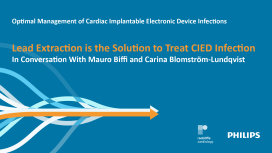
This series is supported by Philips.
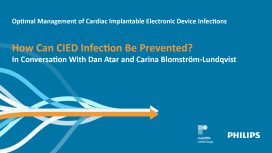
This series is supported by Philips.
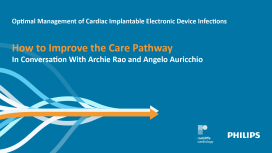
This series is supported by Philips.
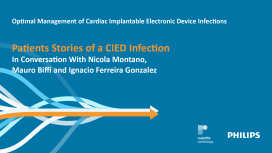
This series is supported by Philips.
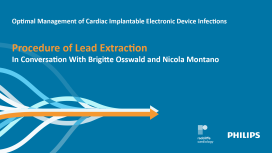
This series is supported by Philips.

This series is supported by Philips.
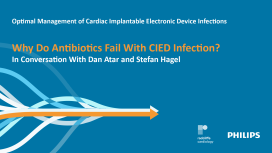
This series is supported by Philips.
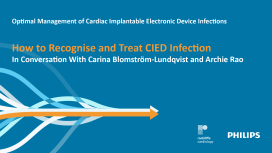
This series is supported by Philips.
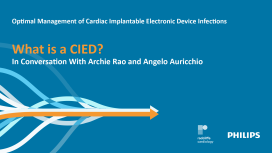
This series is supported by Philips.

This series is supported by Philips.

This series is supported by Philips.

This series is supported by Philips.

This series is supported by Philips.

This series is supported by Philips.





